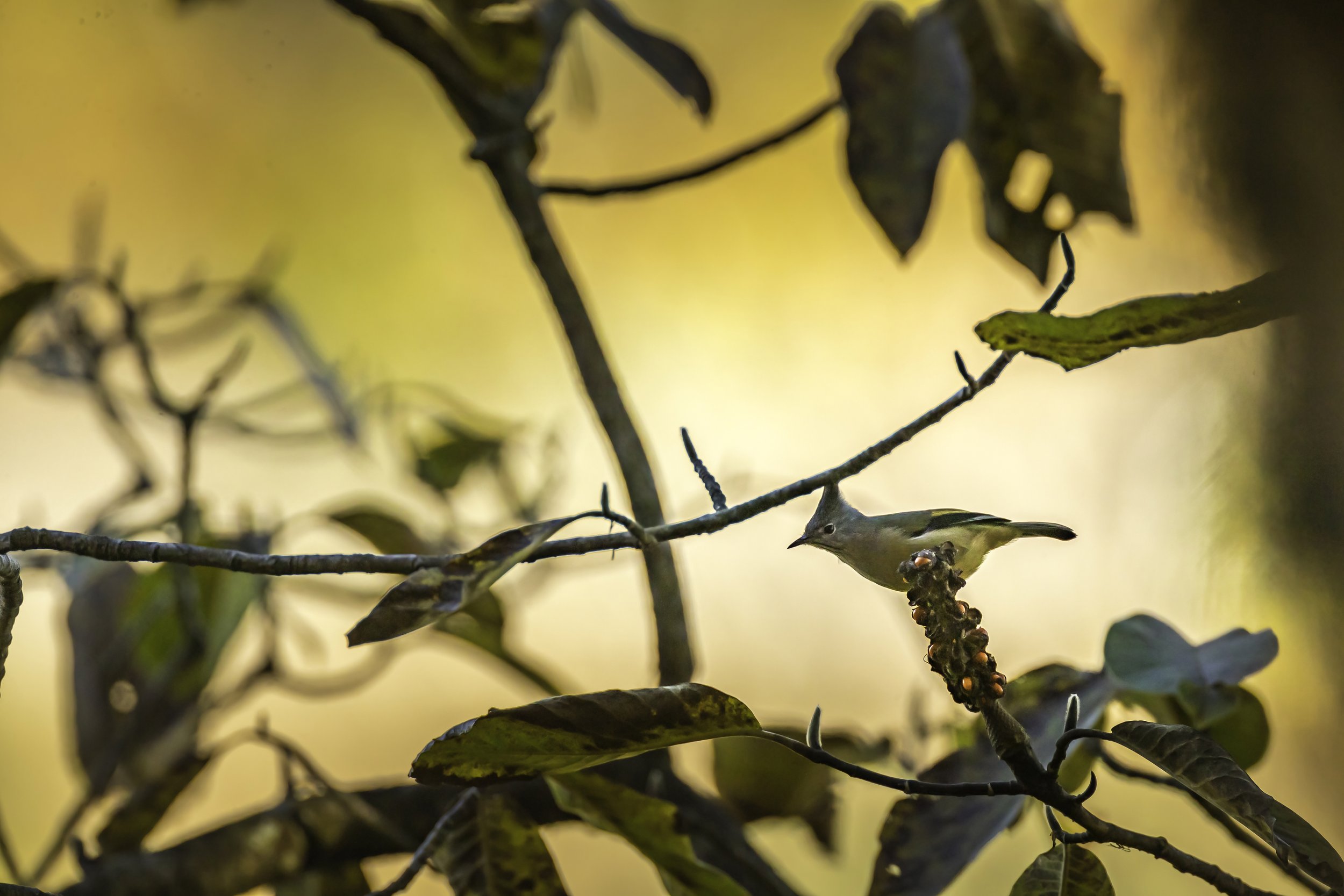Stripe-throated Yuhina
Yuhina gularis
Singalila National Park, Tumling, West Bengal
Continuing the series from Singalila National Park today is about a brief interlude with the Stripe-throated Yuhina. As stated earlier it’s easy to assume, with bird names, that we know what they mean, and often that assumption is quite correct. Woodpeckers peck wood, bee-eaters feed on bees, and whitethroats are indeed white around the neck. Other names seem almost wilfully obscure: what on Earth does the name puffin mean? Or hobby? Why are turtle doves named after reptiles? And don’t get me started on some of the more bizarre bird names found around the world – from zitting cisticola, leaflove to hardhead, and bananaquit to bearded mountaineer.
Yet, as I discovered when I was researching the origins of bird names, if you dig deep enough, you unearth all sorts of fascinating stories about what the names mean, where they came from and, especially, the men and women who created them. The origin of some names may, at first, seem obvious, yet are not quite as straightforward as they appear. Take the simplest of all bird names: blackbird. It’s a bird, and it’s black. Isn’t that all we need to know? But what about the crow, rook, raven? They’re black too so why was the Blackbird singled out as a ‘black‘ bird?
The reason for this apparent anomaly is that, until the late medieval period, birds were not called “birds” at all, but fowls – as in Chaucer’s poem The Parliament of Fowls. The word bird (originally the Anglo-Saxon brid), referred only to young fowls, or chicks. Then, sometime around the time Chaucer was writing, this meaning began to shift. From then on, although “fowl” was still used for larger birds such as members of the crow family, “bird” became the norm for all smaller birds, including the blackbird. So, at the time it was named, this really was the only truly “black bird”.
Many of our oldest bird names – including raven, rook and crow – are onomatopoeic: they imitate the sound made by the bird itself. Cuckoo, chiffchaff and kittiwake are other well-known examples. Far less obvious ones include nightjar (from the “churring” sound made by this nocturnal bird), bittern (from its deep, booming call), and the aforementioned turtle dove. “Turtle” is a corruption of the bird’s soft “tur-tur” call, so has nothing to do with the aquatic reptile.
Other ancient bird names relate to a bird’s appearance: its size, colour, shape or distinctive markings. Again, some are obvious: such as great spotted woodpecker, long-tailed tit and the Dollarbird. But with others it takes some linguistic detective work to uncover their true meaning. Take the familiar redstart and wheatear. Both names superficially make sense, yet as soon as you look more closely, they become problematic. After all, redstarts are not noticeably jumpy, and I’ve certainly never seen a wheatear in a field of wheat.
The reason these names appear puzzling is down to the Norman Conquest of Britain. Perhaps the greatest change that resulted from this invasion was in everyday language: within a century or so, Anglo-Saxon had merged with Norman French to create a new, hybrid tongue known as Middle English – the precursor to the way we speak today. But as the old language fell into disuse, some of its words no longer made any sense. So, by a process called false etymology, people made up new versions, which sounded plausible, even if their original meaning had been lost. Thus, the Anglo-Saxon “red steort” (meaning red tail) turned into redstart; and “wheteres” – literally white arse, changed into wheatear. Norman French also had a major influence on the names of ducks (mallard and wigeon), game birds (pheasant and partridge), and raptors (peregrine and hobby).
What these all have in common is that they were important to the Norman nobility – either as food, or for hunting and sport – so their French names took precedence over the older, English ones. From the 18th century onwards, existing names were codified by professional ornithologists who also coined new ones, such as black-tailed godwit or white-fronted goose. A trend also arose for naming birds after people: sometimes those who had discovered the species, such as George Montagu (Montagu’s harrier).
Now onto the Stripe-throated Yuhina and the stunning habitats of the Singalila National Park.
Singalila National Park
The jungles to the north and east of India are treasure houses to some of the most precious and strange flora and fauna. One such treasure in the east is Singalila National Park in West Bengal. Established in 1986, the park is among the few remaining habitats of the endangered and elusive Red Panda. Located on the Singalila Ridge at an altitude of more than 7000 feet above sea level, in the Darjeeling district of West Bengal, it is a well known trekking route to Sandakphu - the 3636 m; 11,930 ft mountain peak on the border between India and Nepal. It is the highest point of the Singalila Ridge and the state of West Bengal, India. Four of the five highest peaks in the world, Everest, Kangchenjunga, Lhotse and Makalu can be seen from its summit. View them in my Wildscapes Gallery.
The forest of Singalila was bought by the British government from the King of Sikkim. Some years after the independence, in 1992, the forest was converted into National park. The area was earlier used as a hiking trail. And it was used by the first mountaineering team that was heading for Mount Kanchenjunga. Incandescent views of the Kanchenjunga Massif adorn the clear blue skies above the Singalila National Park and from various points within the park one can get spectacular views of the mountains spanning from Nepal to Bhutan. River Rammam and River Sirikhola flow through the park.
The park has no significant history of human settlement. However, small settlements have grown up along the trekking route to Sandakphu and Phalut - the 3,600 metres (11,800 ft) second highest peak of West Bengal. There is a reasonably large village at Kala Pokhri, around the lake of the same name. The Singalila Ridge was used as an approach route by the first documented mountaineering team, led by Jules Jacot-Guillarmod and the famous occultist Aleister Crowley, which unsuccessfully attempted to climb Kanchenjunga in 1905.
The Red Panda habitat
This entire trip would not have been possible without the monumental help and support of my good friend and reputed snow leopard photographer - Ismail Shariff - and the team at Firefox Expeditions India led by Sourav Mondal and Amardeep Thami.
The approach, expertise and heartwarming attitude of the talented and multi-faceted team of trackers at Firefox Expeditions India was an experience in it self. Led by Sourav and Amardeep, they are well versed with the nuances of the Singalila National Park and intimately aware of the wildlife abounding in these jungles and also the risks and dangers they face - especially the Red Panda. It is evident that they care deeply for these forests take all measures necessary to keep it safe and clean. For them the wildlife takes precedence! The whole team have been doing this for a number of years now and the fruits of their labours are evident as you breathlessly trek up and down the rather steep mountains with them.
Now on to the Stripe-throated Yuhina which appeared for a few minutes as I had just set up first thing in the morning. We had arrived at the ridge to wait for word on the Red Pandas and some breakfast. I walked a few hundred meters back the way we had come and set up around a bend in the road to try my luck. I was facing the valley with the sun just peeking over the top of the ridge, in the shade of some ancient rhododendrons, when I first spotted the Yuhina. There was some beautiful golden light filtering through behind the tree line silhouetting the yuhina and I was off with my first photos of the day.
‡‡‡‡‡
Stripe-throated Yuhina
Yuhina is a genus of bird in the Zosteropidae family and some taxonomists place the group in the Old World Babbler Timaliidae family. The genus Yuhina was introduced in 1836 by the English naturalist Brian Houghton Hodgson with the stripe-throated yuhina as the type species. The genus name is from the Nepali language and the genus was formerly placed in the family Timaliidae. It was moved to Zosteropidae based on results of molecular phylogenetic studies.
It contains the following species starting with our focus bird:
Stripe-throated Yuhina
Striated Yuhina
Indochinese Yuhina
Chestnut-crested Yuhina
White-naped Yuhina
Whiskered Yuhina
Burmese Yuhina
White-collared Yuhina
Rufous-vented Yuhina
Taiwan Yuhina
Black-chinned Yuhina
The White-bellied Yuhina was formerly in this genus.
Read more about my encounters with the Old World Babbler Timaliidae & Zosteropidae families.
Stripe-throated Yuhina - India Distribution Map
Stripe-throated Yuhina - World Distribution Map
This bird was there only this one time and that too for a very short window and was photographed while waiting for the Red Pandas to make their appearance. Read about my experience with these beautiful pandas here.
‡‡‡‡‡
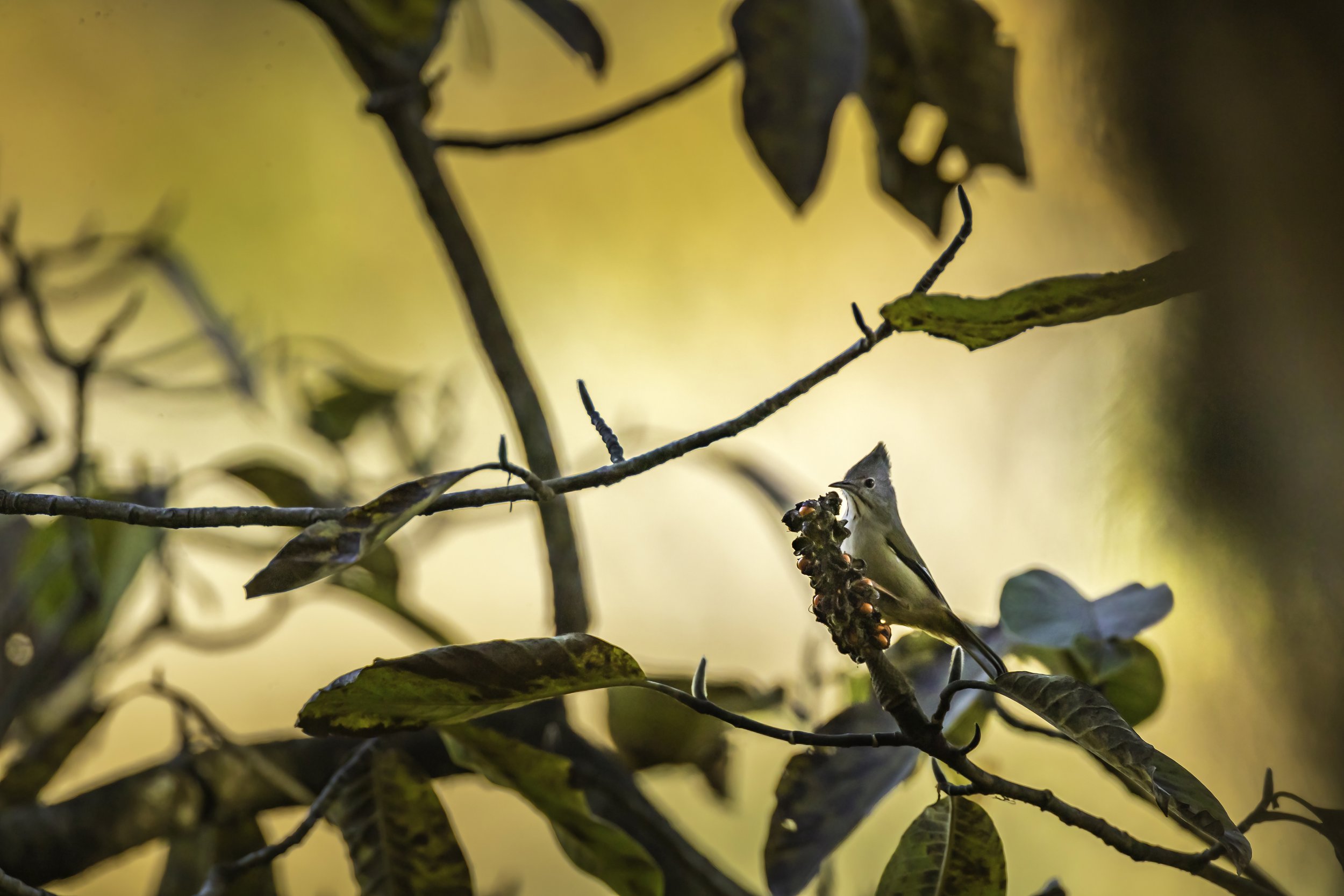
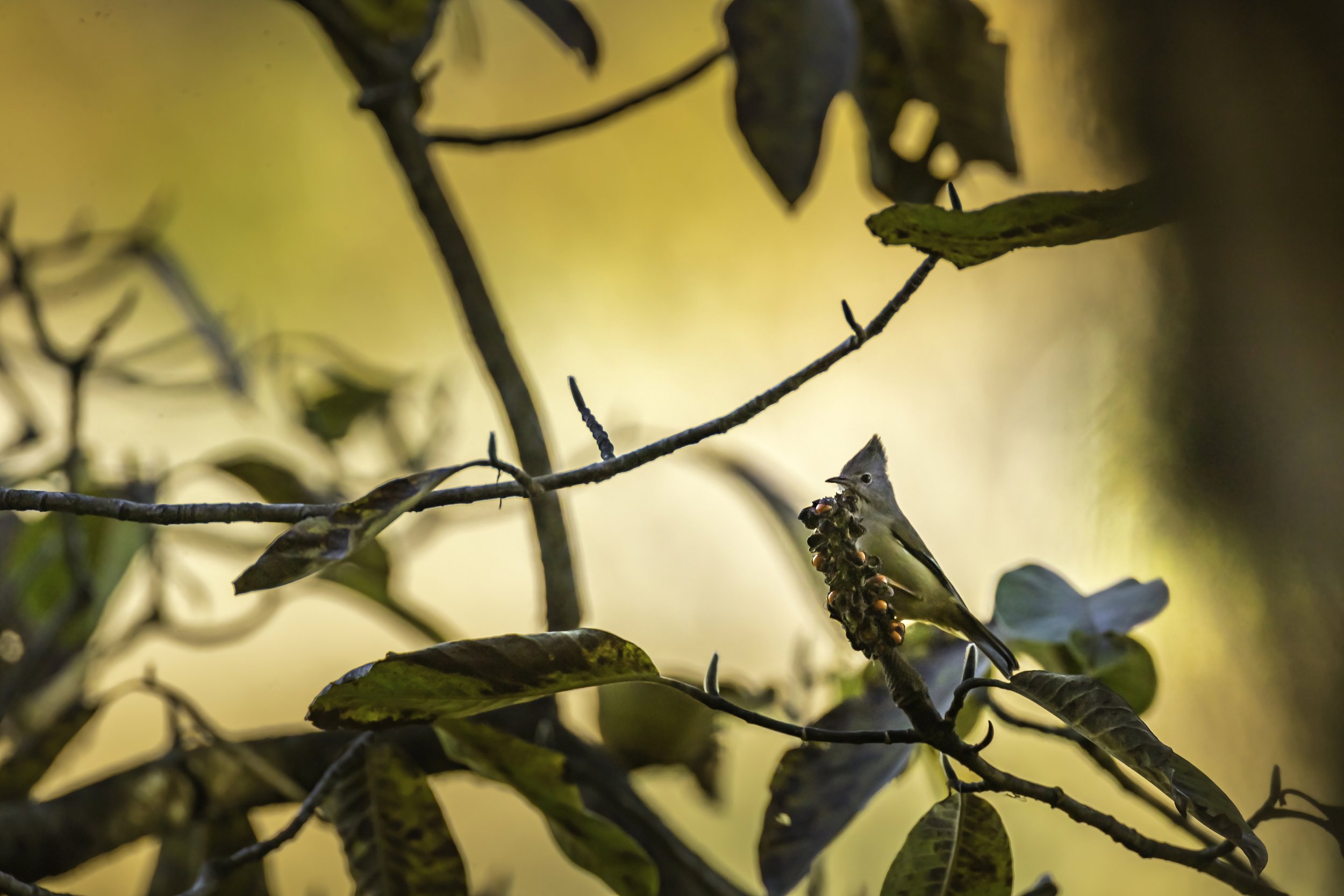

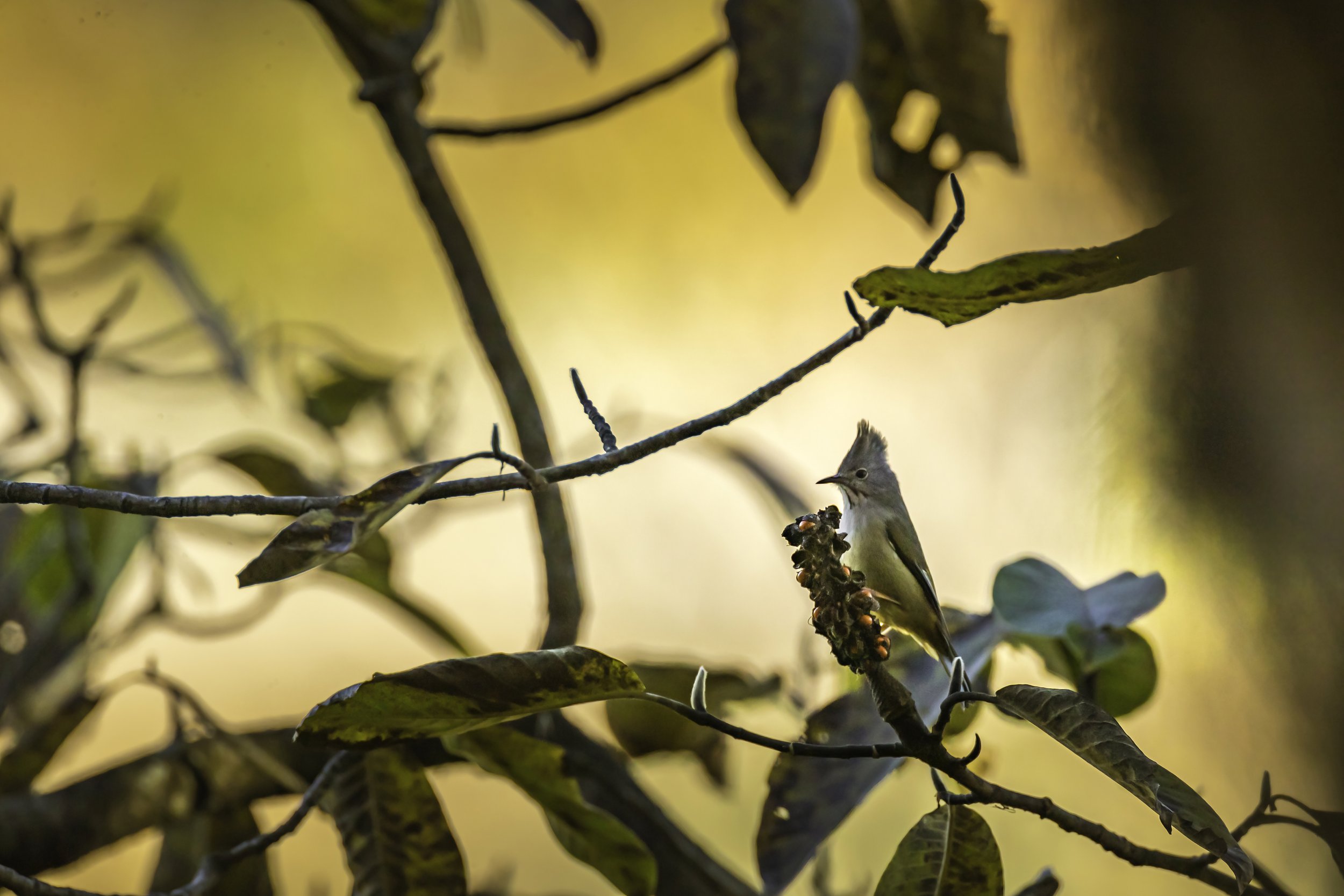

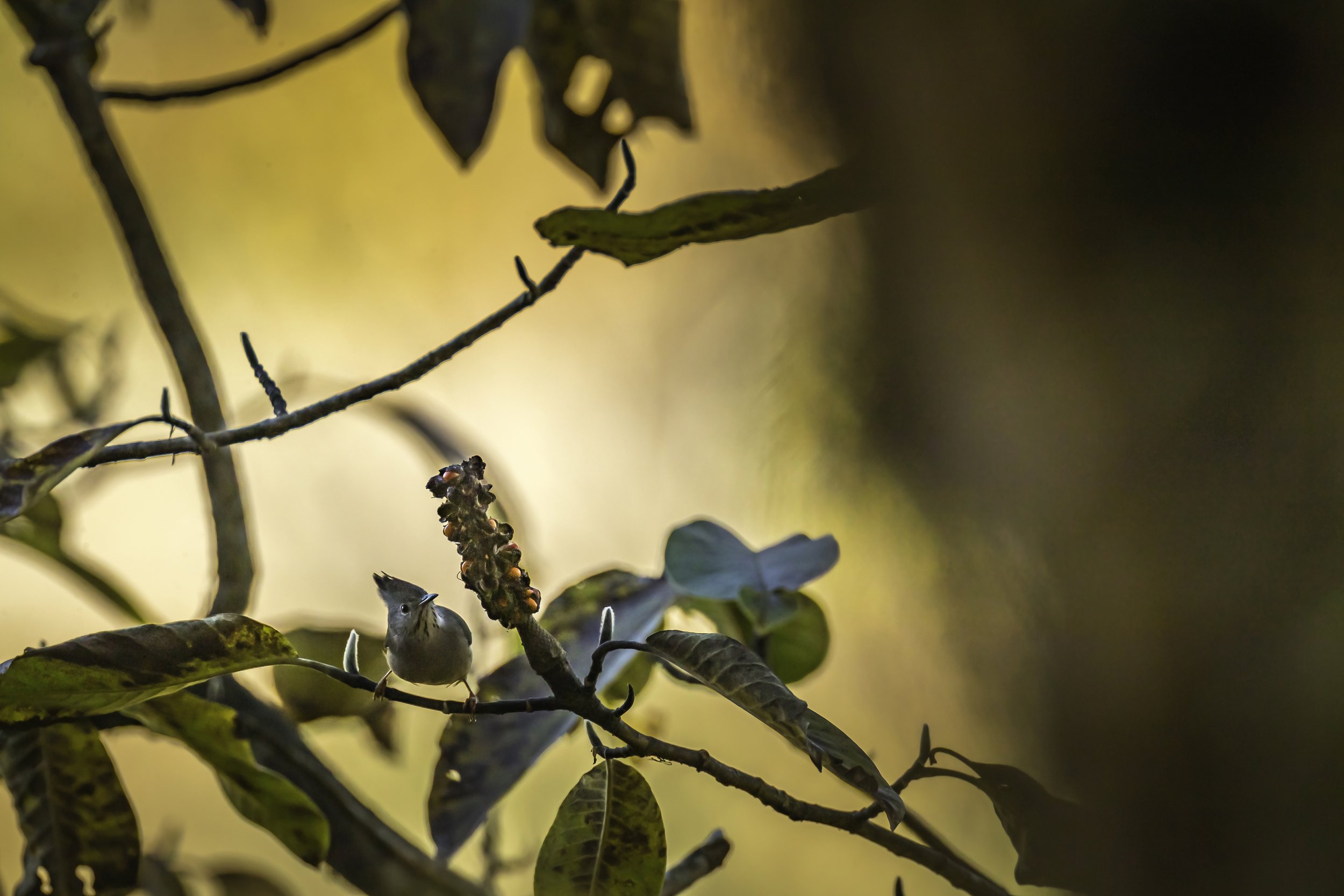
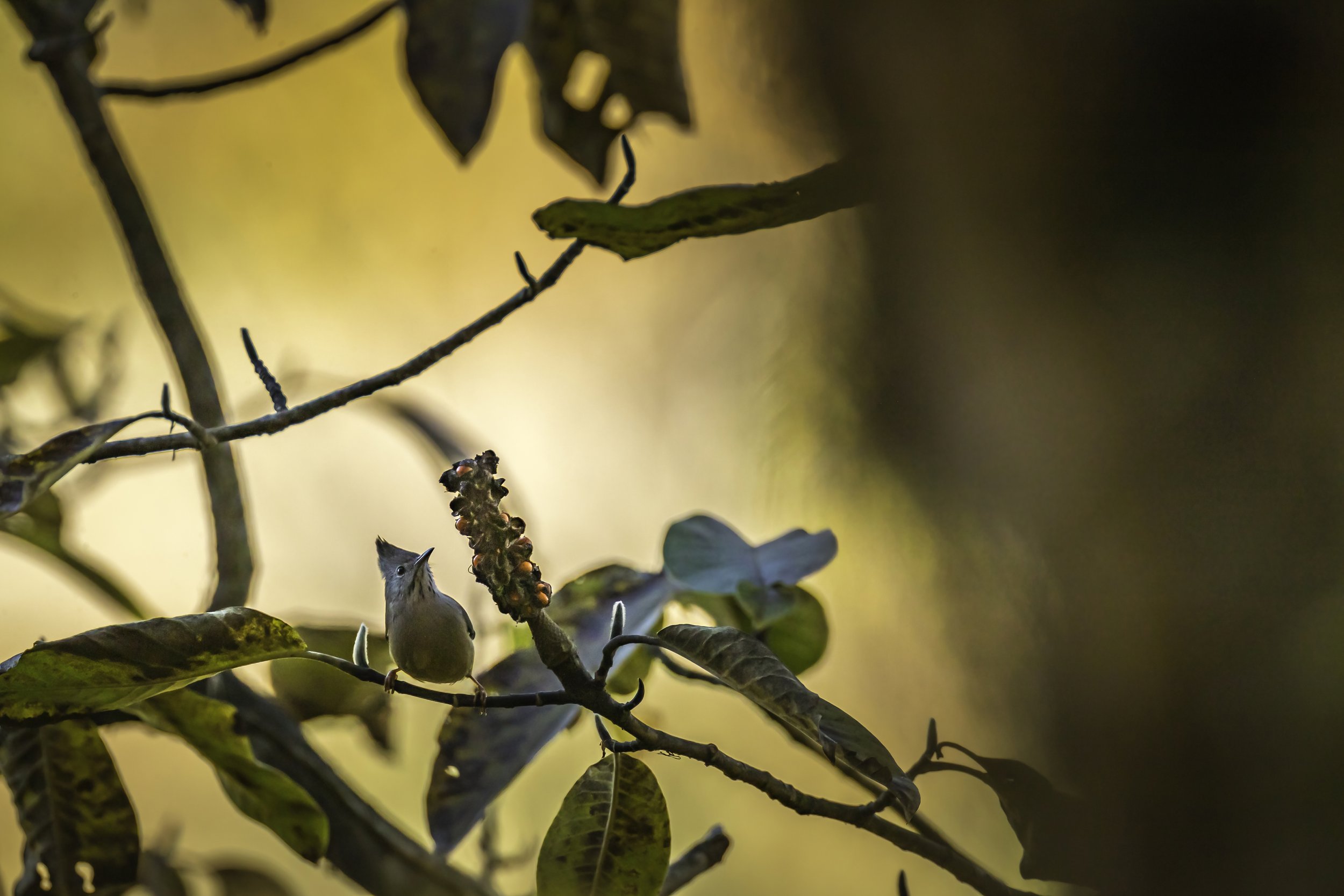

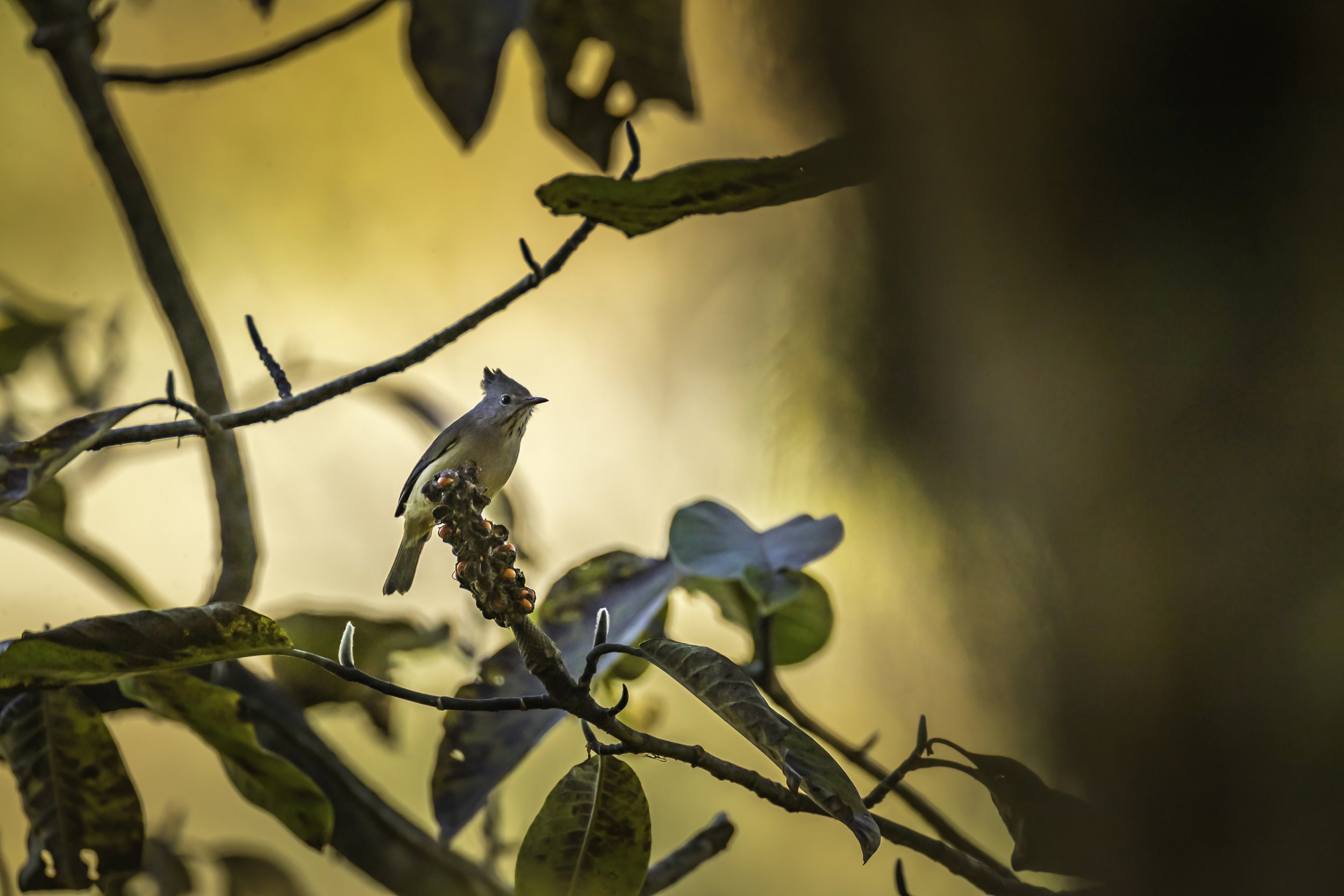
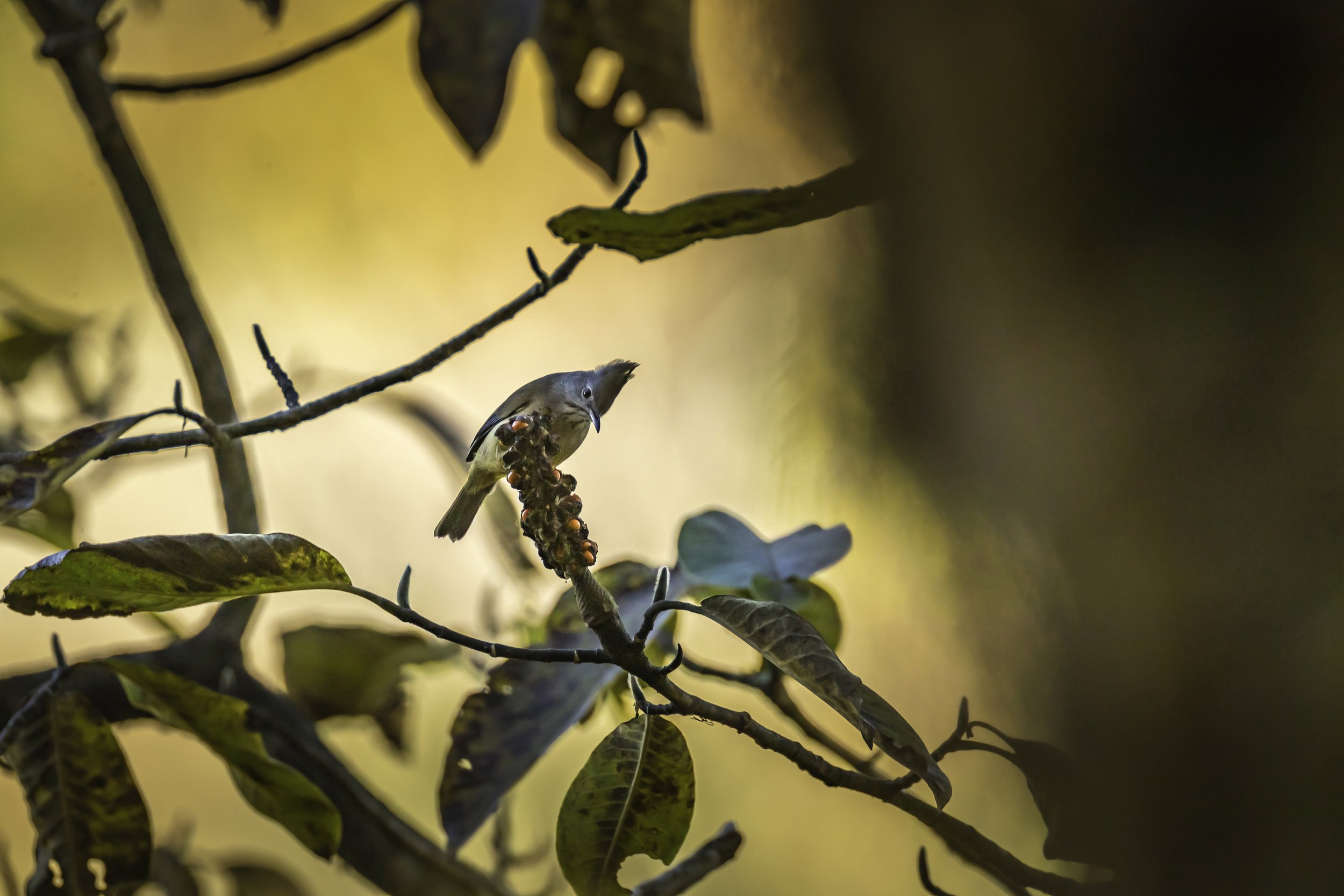
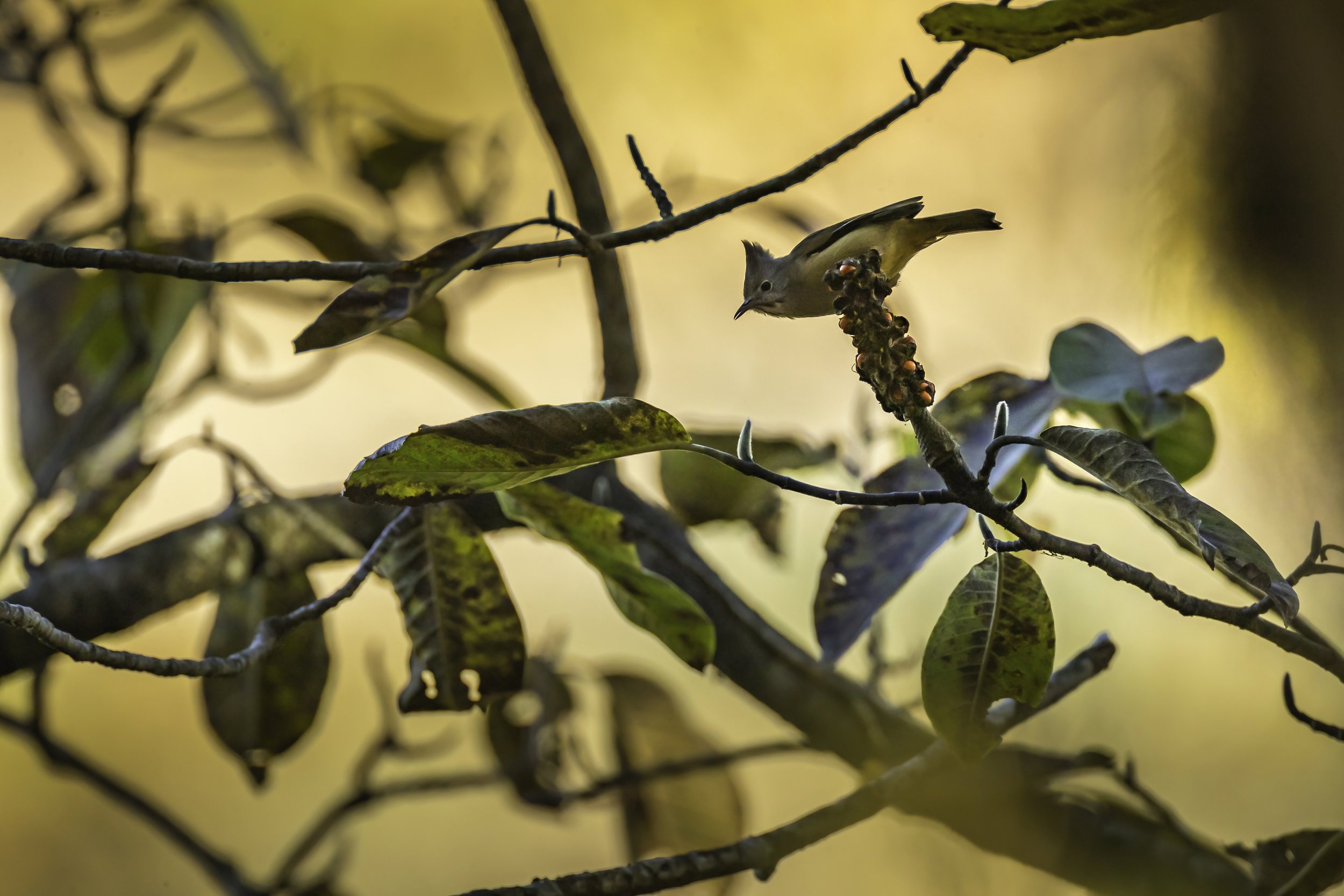
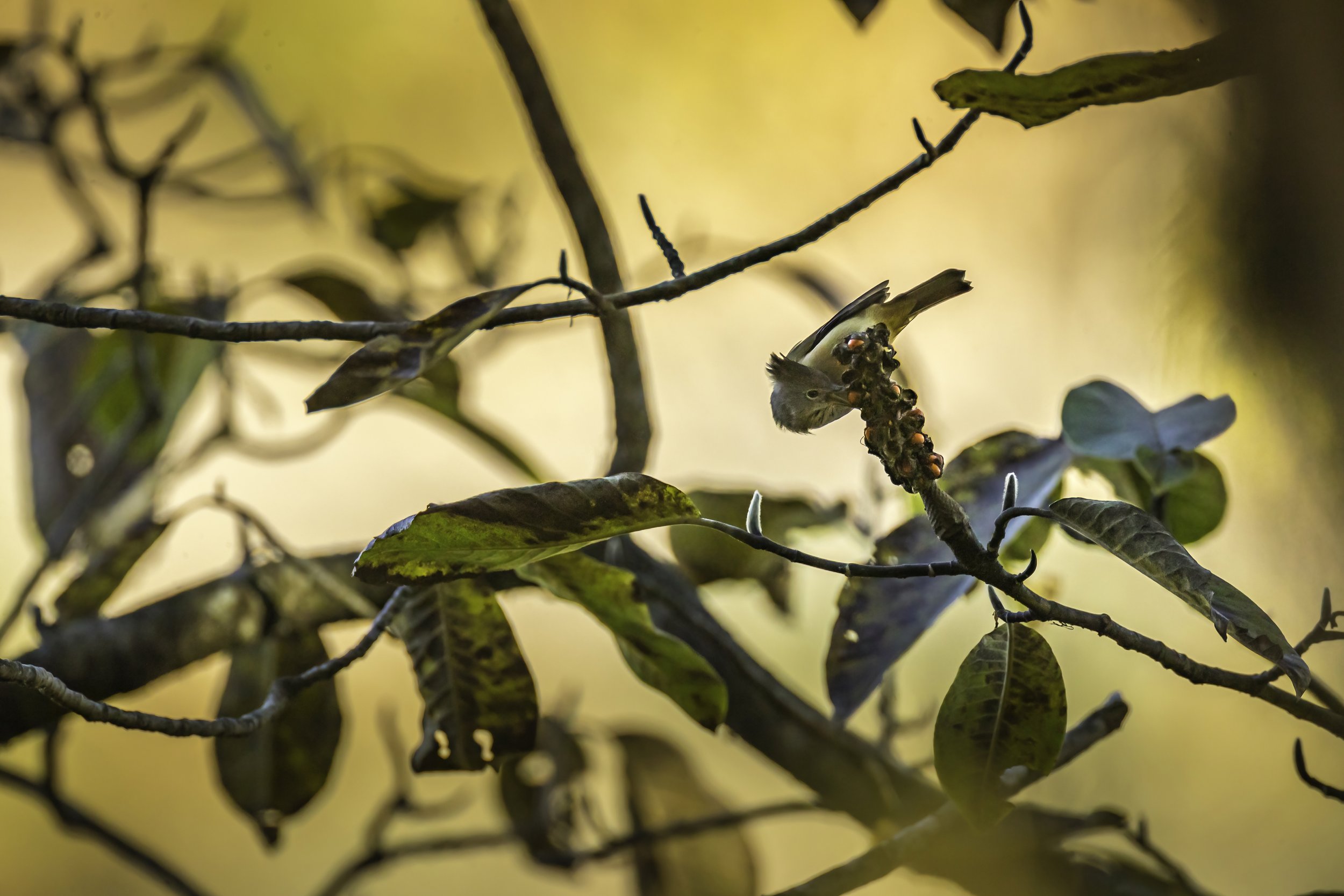
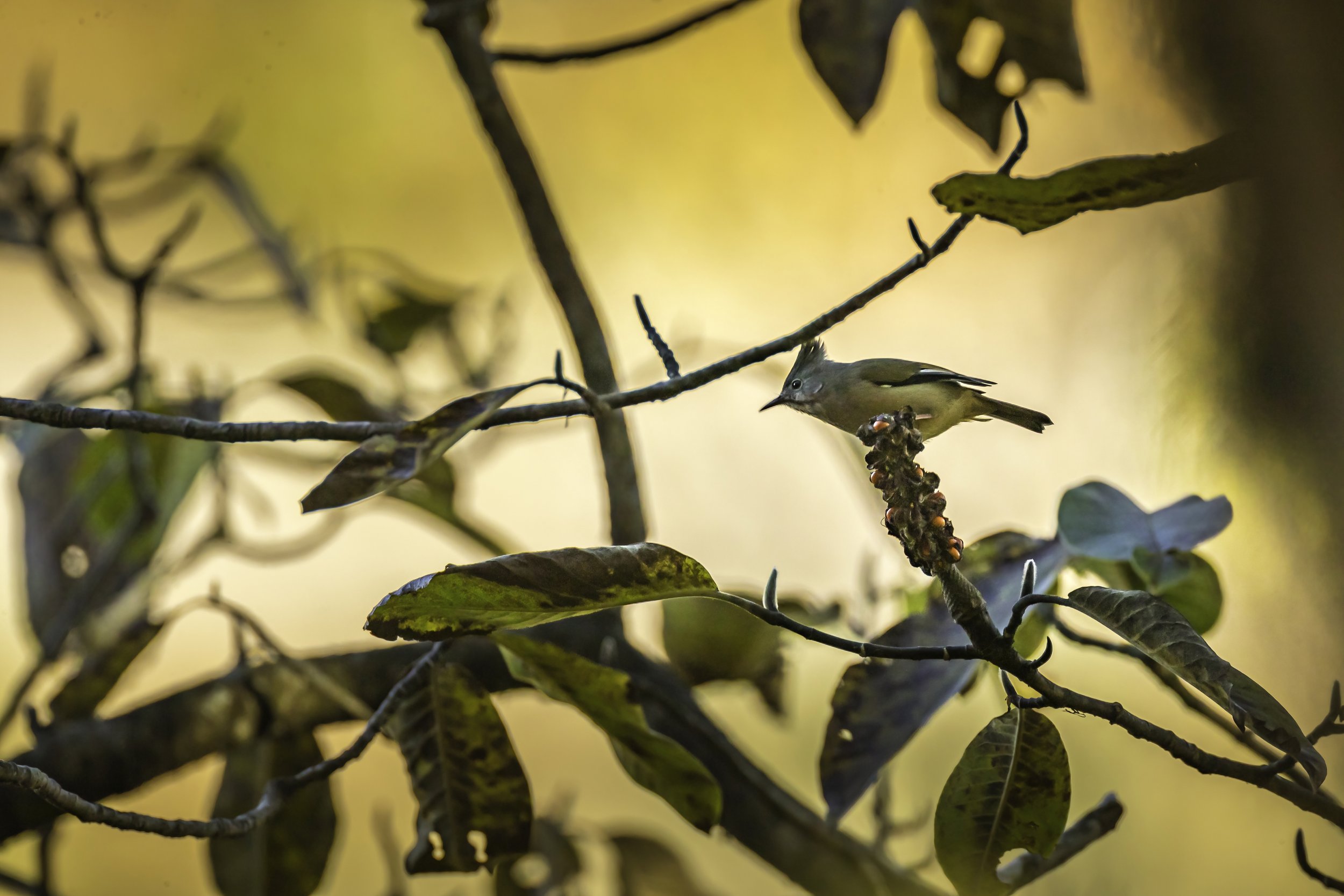
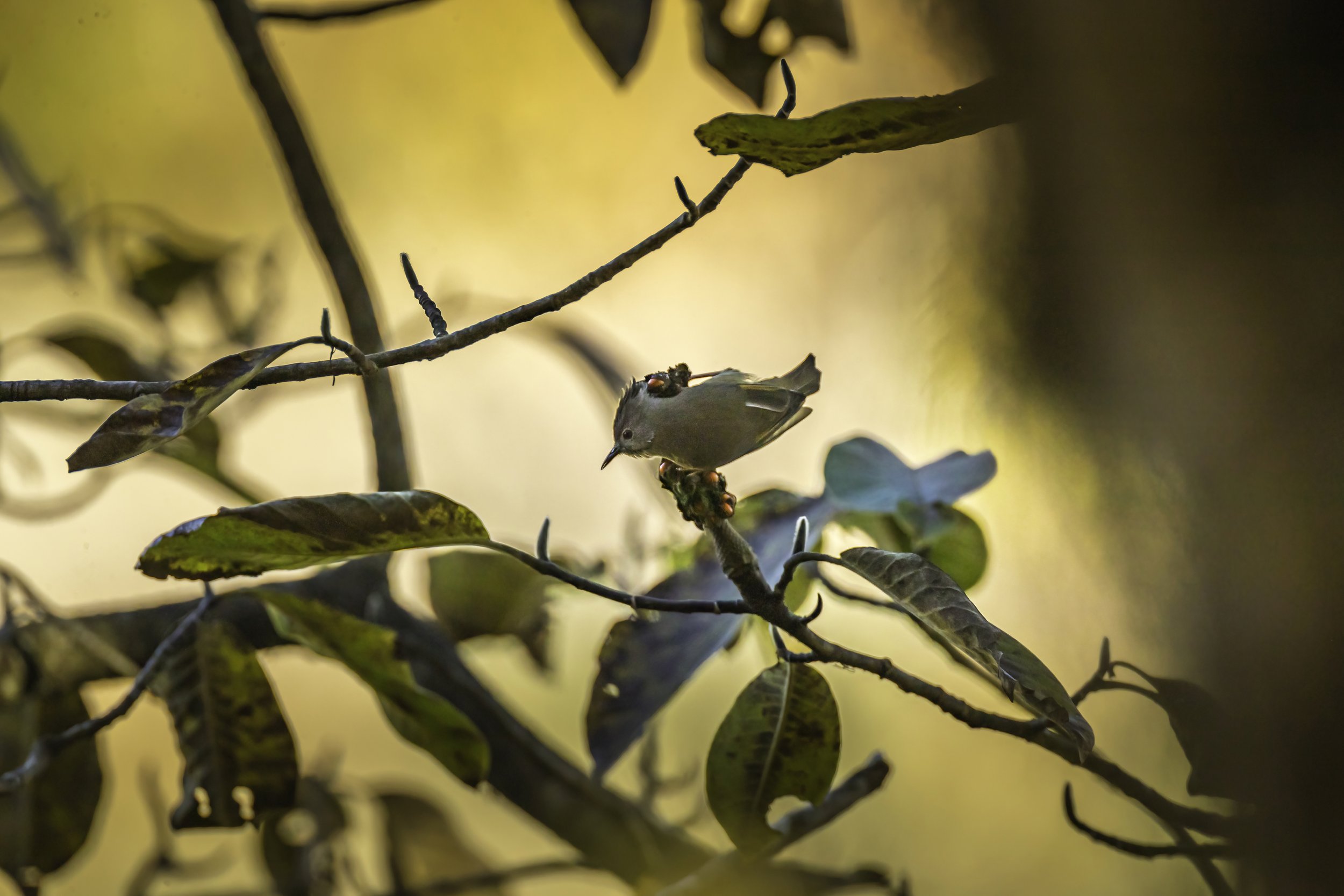
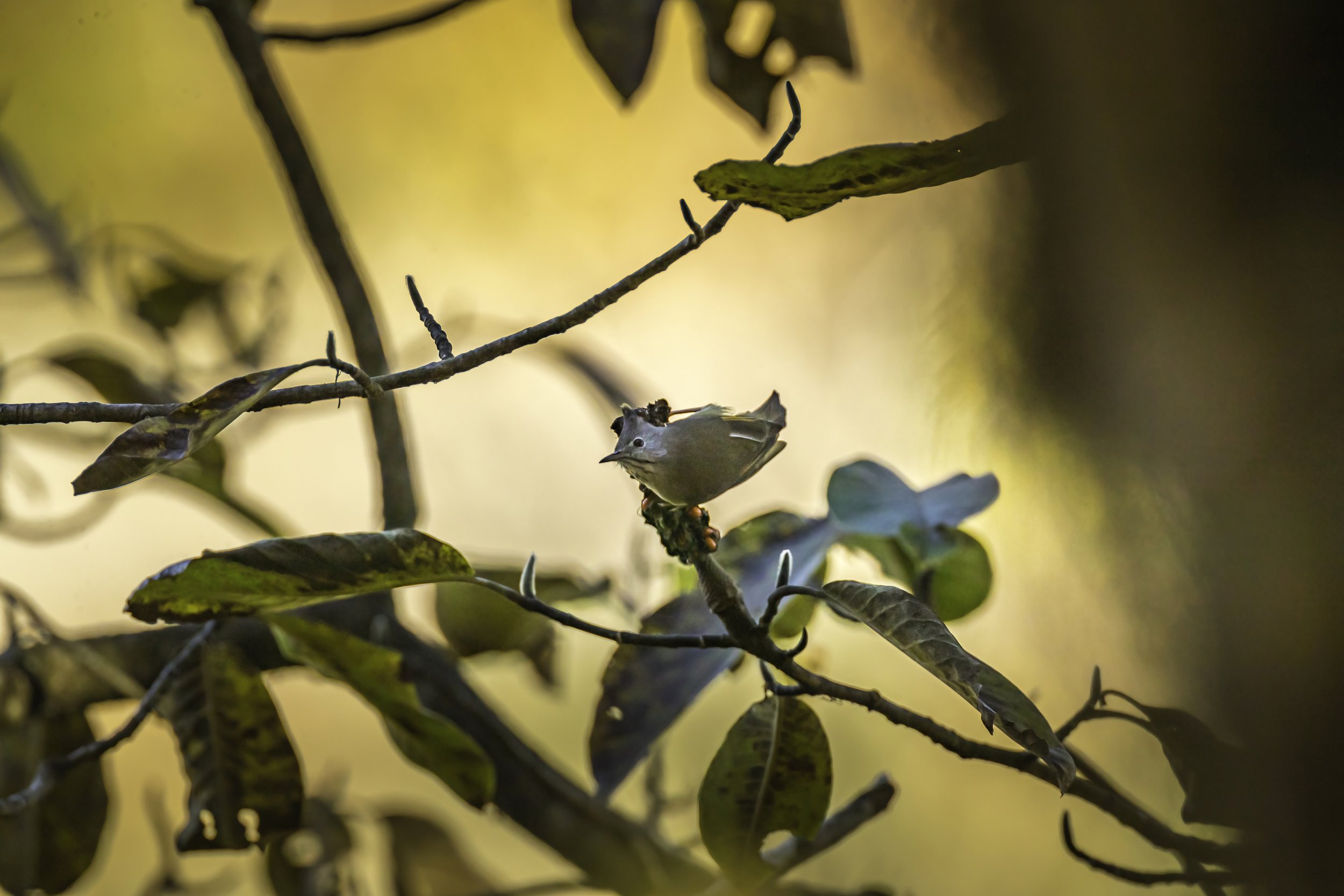
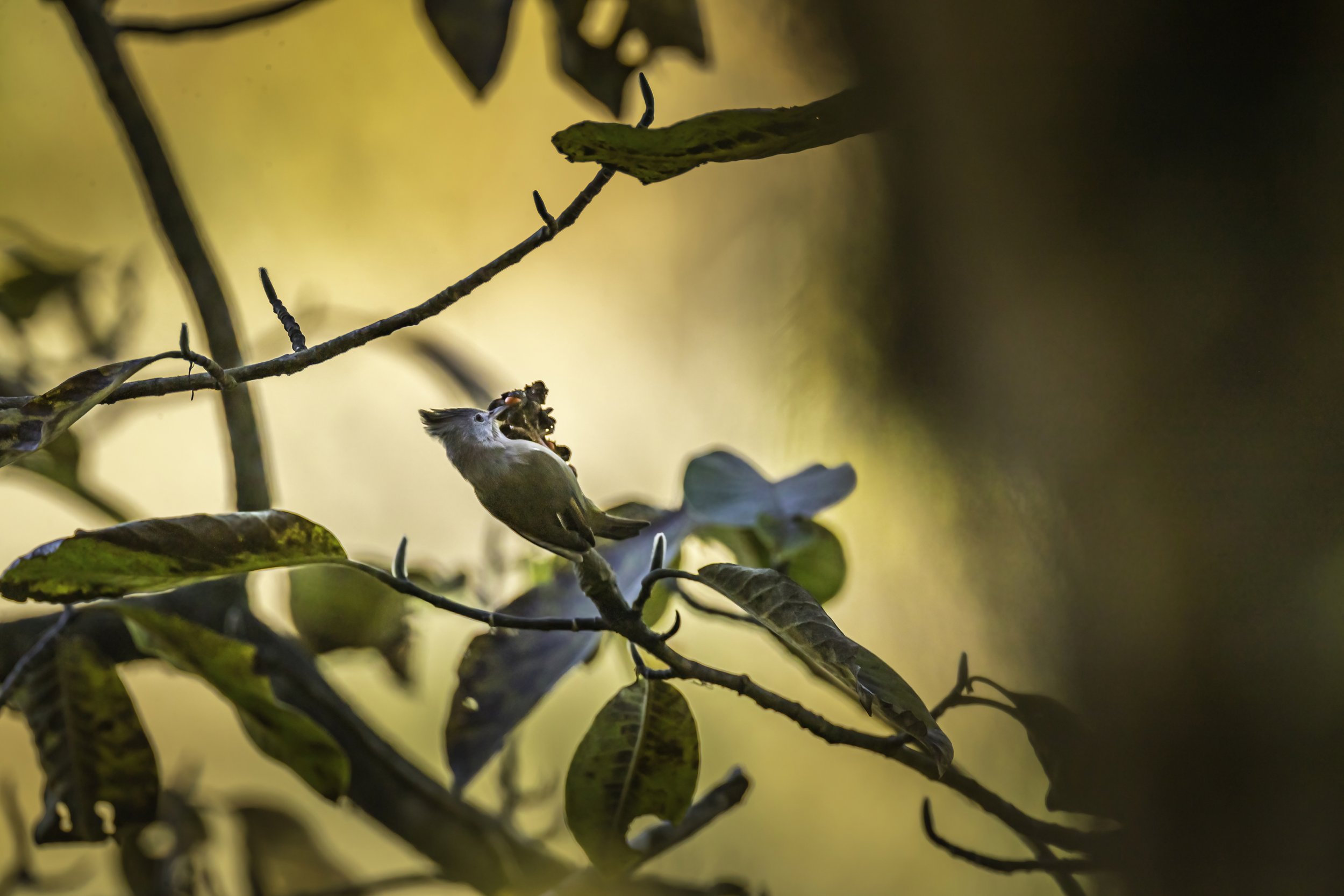
Related Posts



